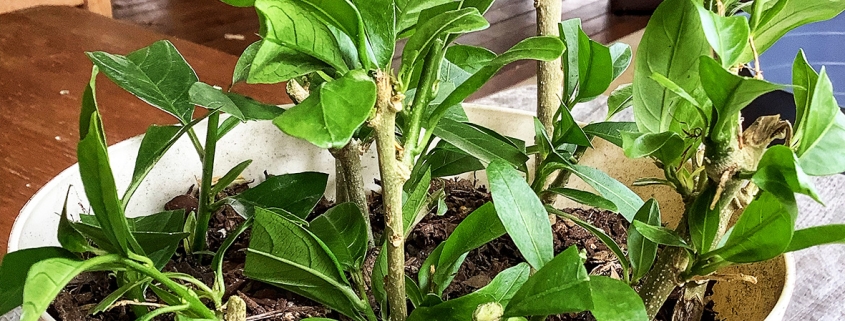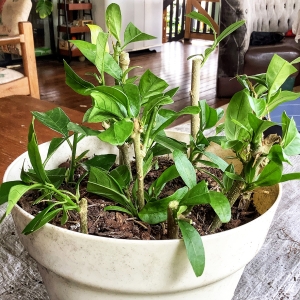Grow your garden for less
Propagating plants from cuttings is one of the easiest and most common methods of plant reproduction. It’s also the quickest way to produce an exact clone of the parent plant.
Cuttings rely on the fact that plant cells are totipotent, meaning each cell has the potential to develop into a complete plant. A single plant cell can become either a root or a shoot, which is why when you snip off a piece of a plant, the base of the cutting can produce roots to sustain the growth of the severed portion. This same principle is what makes tissue culture work – whole new plants can be propagated from just a few cells.
To give your cuttings the best chance of success, here are a few tips:
Timing is key. The time of year will greatly affect your chances, with warmer months being preferred. In winter, plants are often in hibernation, so cuttings will take longer to develop roots that then might be too slow to sustain the life stored in the cutting’s cells. The exception is deciduous plants, that should be propagated while they are in their bare, dormant phase.
Act quickly – pot your cuttings as soon as possible after taking them. Don’t let them dry out. If you need to transport them or can’t pot them immediately, store the cuttings in water or wrap the ends in damp paper towels or newspaper. Once potted, keep them moist, and consider covering the pot with a plastic bag to maintain humidity until you see signs of growth.
Size matters. Keep your cuttings between 100 mm to 150 mm long. Remove any flowers, strip the leaves from the lower 5 cm of the stem, and cut the bottom of the cutting at an angle to remind you which end is down. Trim back side branches to a couple of centimetres and cut larger leaves in half to reduce water loss and to make room for multiple cuttings in the same pot.
Use a rooting hormone. Dipping the root end in rooting hormone powder (or even honey) can significantly boost success rates. Make a hole in the potting mix with a stick before inserting the cutting to avoid rubbing off the hormone powder when planting.
Water immediately. After planting, water the cuttings right away. Once you see roots poking through the pot or observe good top growth, separate your cuttings into individual pots.
While this method generally works well for most hard-stemmed shrubs and perennials, different plants have unique propagation needs. Succulents, for instance, can be propagated from leaf portions, while vines and creepers can be chopped into pieces and laid directly on top of the potting mix. If in doubt, research the best method for the specific species you want to propagate, but never be hesitant to snip off a piece of something you like (with permission, of course) and just give it a try.
Cuttings really are the most economical way to grow your garden without shrinking your wallet!



